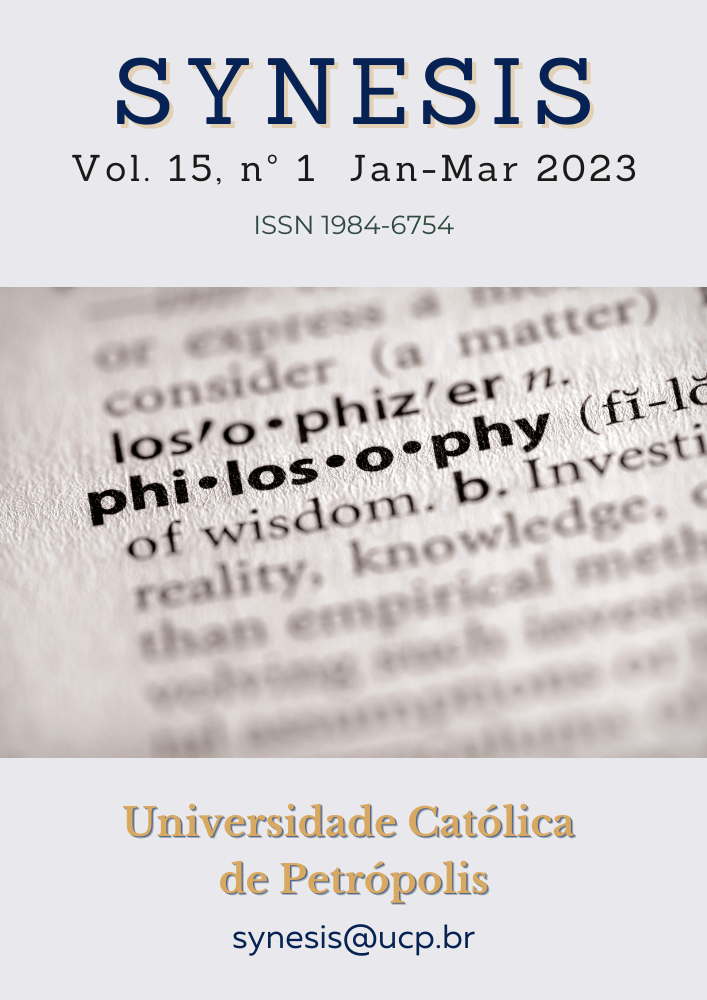Resumo
O vício do gadget na sociedade é um problema que merece atenção. Embora estes gadgets tenham um impacto positivo sobre os indivíduos, os gadgets são um meio eficaz de comunicação entre duas partes distantes, especialmente quando o mundo está na epidemia pósCoVID-19. Gadgets como laptops ou smartphones são especialmente importantes para aqueles que trabalham em casa ou estudantes que estudam em casa para evitar que a comunicação nos dois sentidos continue como de costume. Ironicamente, os gadgets também podem ter efeitos negativos quando os indivíduos se tornam viciados em gadgets, como, por exemplo, afetando a saúde e as emoções. O papel do al-Aql desempenha um aspecto importante, especialmente como uma base que precisa ser cuidada para lidar com o vício em gadgets. Este artigo tem dois objetivos principais. Primeiro, explicar os fatores do vício em gadgets na sociedade. Segundo, aplicar o problema do vício de acordo com o conceito de al-Aql no Islã para o vício em gadgets. Para alcançar estes objetivos, o método de documentação é realizado. Os dados são coletados e analisados com base na análise de conteúdo para aplicar soluções ao vício de acordo com o Islã ao problema do vício em gadgets. Este estudo encontrou três fatores principais do vício em gadgets: o vício em gadgets devido à influência das mídias sociais, a internet é facilmente acessível, e a negligência dos pais em relação às crianças. Ao mesmo tempo, existem três soluções principais para o vício em gadgets, de acordo com o Islã. Primeiro, limitar o uso de gadgets, controlar as mídias sociais com base no Islã e melhorar o preenchimento espiritual.
Referências
Ahlam, M.M.R. & Aini, Z. (2018), Pencapaian Internet dalam Kalangan Remaja Islam. At-Tahkim. 8(5). 23-45.
Al-Faris, E. (2016). Islam and the Digital Age: Ethics, Policy, and Governance. London: Routledge.
Al-Munajjid, S. (2013). Technology and the effects on the Islamic personality. Journal of Islamic Education and Research, 2(2), 29-39.
Al-Sudais, S. (2019). The Islamic Perspective on the Use of Technology. Journal of Islamic Education and Research, 2(2), 29-39.
Azmi, M., Rafiuddin, M., Sasikumar, K., Sfar, A. (2019). “Media Sosial dan Generasi Muda Menurut Islam” in Jasmi, Kamarul Azmi (Ed.), Prosiding Seminar Sains Teknologi dan Manusia 2019 (SSTM’19) pada 15hb. Disember 2019 di DP3, N29, Fakulti Kejuteraan Kimia dan Tenaga, UTM. Program anjuran Akademi Tamadun Islam, FSSK, UTM.
Chau, J., Cheung, C., & Lee, J. (2019). The effects of smartphone use on physical and mental health: A systematic review. Journal of Behavioral Addictions, 8(4), 492-505.
Embong, A. H., Rahman, A. H. A., Kadir, F. K. A., Salamun, H., Khairuldin, W. M. K. F. W., Shahrani, S. S., & Karim, M. R. A. (2022). A research design based on the framework of tafseer al-fiqhiy (quranic juristic commentary). Academic Journal of Interdisciplinary Studies, 11(2), 391-402
Fazree, S.D.M & Zakaria, S.M. (2018), Kesan Penggunaan Gajet kepada Perkembangan Kognitif dan Sosial Kanak-Kanak Prasekolah, Jurnal Wacana Sarjana, 2(4), 1-6.
Feng, D. (2011). Effects of TV in the bedroomon young Hispanic children. American Journal of Health Promotion. 2011 May-Jun. 25(5), 310-8.
Forouzan, B.A & Fegan, S.C. (2003). Data Communication and Networking. New York: McGraw-Hill
Hashim, N. & Razali, A. (2019).Teknologi dan Media Sosial dalam Komunikasi Ibu Bapa dan Anak-Anak, Malaysian Journal of Communication, 35(8). 12-23.
Jabar, B.H.A. (2019). Taasub Gajet Makin Menghakis Nilai Murni, https://www.bharian.com.my/kolumnis/2019/12/641833/taasub-gajet-makin-menghakis-nilai-murni. Access on 10th January 2021.
Khairuldin, W. M. K. F. W., Anas, W. N. I. W. N., Mohamad, M. Z., Embong, A. H., & Mokhtar, W. K. A. W. (2021). The role of prophet muhammad s.a.w in educating children and its applications to prevent gadget addiction among children. International Journal of Early Childhood Special Education, 13(2), 718-722.
Khairuldin, W. M. K. F. W., Anas, W. N. I. W. N., Umar, R., Kamarudin, M. K. A., & Embong, A. H. (2022). Ethical issues in academic authorship: A study on group writing. Academic Journal of Interdisciplinary Studies, 11(1), 226-231. doi:10.36941/ajis-2022-0020
Krippendorff, K.(2004). Content Analysis:An Introduction to Its Methodology(2nd ed).Thousand Oaks,CA:Sage.
Lee, J., Kim, Y., & Park, E. (2018). The impact of smartphone use on college students' academic performance. Journal of Educational Technology Development and Exchange, 11(1), 1-15.
Mansor, S.N. (2020), Kesan Permainan Video terhadap Perkembangan Kanak-Kanak, BITARA International Journal of Civilizational Studies and Human Sciences, 3(1). 1-8.
Nahar, N., Sangi, S., Salvam, D., Rosli, N. & Abdullah, A.H. (2017). Impak Negatif Teknologi Moden dalam Kehidupan dan Perkembangan Kanak-Kaak hingga Usia Remaja, International Journal of Islamic and Civilizational Studies. 01. 87-99.
Omar, A. , Sedon, M.F. & Khairuddin, K.A.. (2014). Komunikasi Digital Melalui Seni Arca, Prosiding Konferens: 1st International Conference on Creative Media, Design & Technology (REKA2014).
Omar, S. & Latip, M. (2015). Pengaruh Peranti Teknologi Kepada Perkembangan Sosial Dan Permasalahan Kesihatan Kanak-Kanak. 1-12.
Parzi. M.N. (2019). Pengaruh Gajet terhdap Kanak-Kanak Membimbangkan. bharian.com.my, Access on 14th Januariy2021.
Shuhari, M. H., Hamat, M. F., Zin, E. I. E. W., Wahab, M. R., & Rozali, M. H. (2020). Relationship between al-asma’ al-husna and al-sidq according to al-ghazali’s perspective in al-maqsad al-asna. [Hubungan al-asma’ al-husna dengan al-sidq perspektif al-ghazali berdasarkan al-maqsad al-asna] Afkar, 22(1), 35-72.
Van der Lely, S. , Frey, S. , Garbazza, C. , Wirz‐Justice, A. , Jenni, O. G. , Steiner, R. , & Schmidt, C. (2015). Blue blocker glasses as a countermeasure for alerting effects of evening light‐emitting diode screen exposure in male teenagers. Journal of Adolescent Health, 56(1), 113–119.
Yusof, R. (2004), Penyelidikan Sains Sosial,Selangor: PTS Publication dan Distributors.
Yusoff, Z. M., Muda, F. M., Daud, N., Firdaus, W. M. K., Salleh, S. F., Ali, R. M., & Nawi, F. A. M. (2019). Ethics of punishment execution against offenders in islamic criminal laws. Journal of Legal, Ethical and Regulatory Issues, 22(Special Issue 1), 1-6.

Este trabalho está licenciado sob uma licença Creative Commons Attribution-NonCommercial-NoDerivatives 4.0 International License.
Copyright (c) 2023 Synesis (ISSN 1984-6754)

